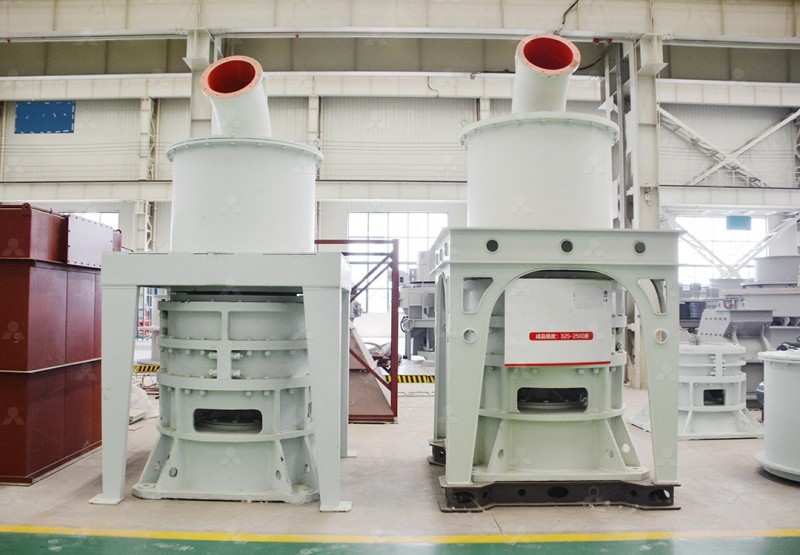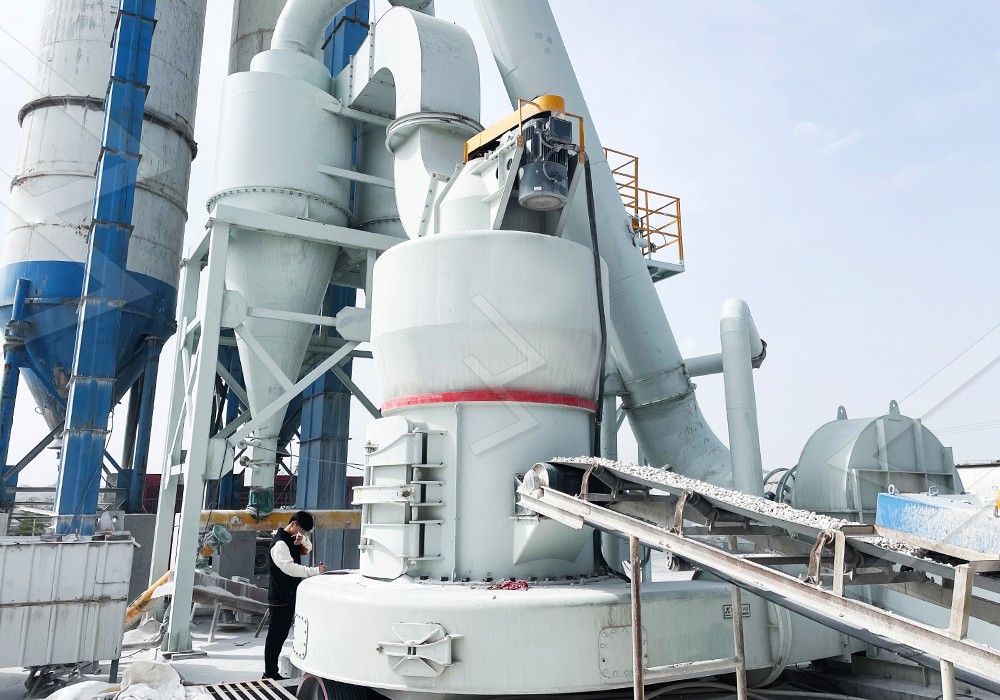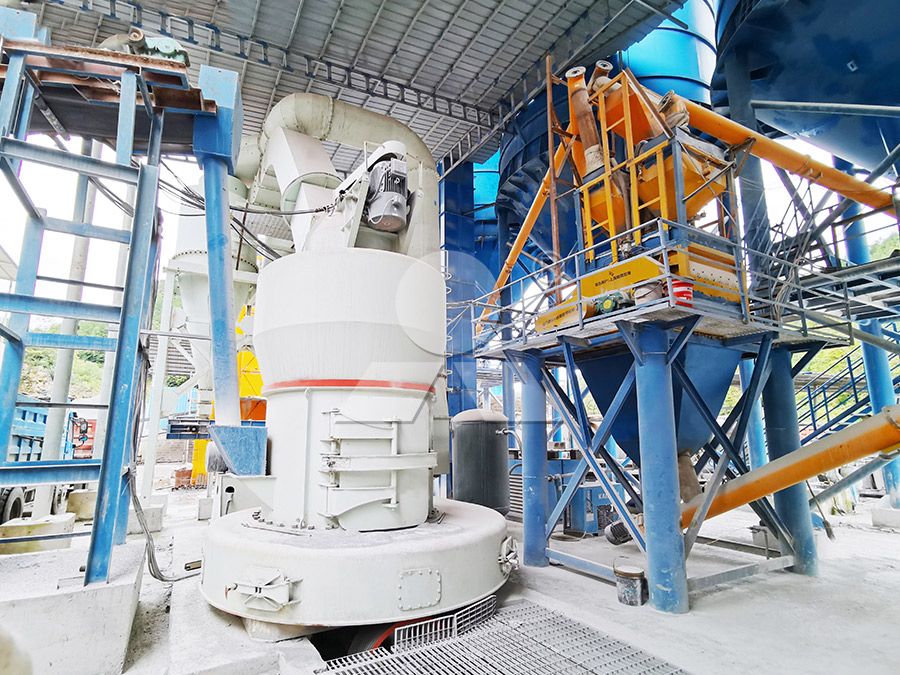Food Grade Calcium Carbonate Grinding: Key Hygiene Standards Explained
Food Grade Calcium Carbonate Grinding: Key Hygiene Standards Explained
Producing food-grade calcium carbonate requires more than just fine grinding—it demands strict adherence to hygiene standards that ensure product purity and consumer safety. While ordinary industrial calcium carbonate might prioritize cost-efficiency, food-grade applications necessitate specialized equipment and processes that prevent contamination at every stage.
The Critical Importance of Equipment Design in Food Safety
When processing materials for human consumption, equipment design becomes a crucial factor in maintaining hygiene standards. Traditional grinding mills often contain hidden contamination risks—rolling bearings that require lubricants, internal screws that can loosen, and complex internal structures that trap particles and promote bacterial growth. These design flaws make thorough cleaning nearly impossible and create significant contamination risks.
Modern food-grade grinding solutions address these concerns through innovative engineering. The absence of rolling bearings and screws in the grinding chamber, for instance, eliminates potential sources of lubricant contamination and mechanical failure. This design philosophy extends to every component, ensuring that no part of the equipment compromises product purity.

Dust Control: More Than Just an Environmental Concern
In food processing facilities, dust management transcends environmental compliance—it becomes a fundamental hygiene requirement. Airborne particles can cross-contaminate products, create sanitation challenges, and potentially harbor microorganisms. Effective dust collection systems are therefore non-negotiable for food-grade operations.
Advanced grinding mills incorporate efficient pulse dust collectors that capture particles at the source, preventing them from entering the production environment. These systems operate under negative pressure, ensuring that any potential leakage draws air inward rather than allowing contaminants to escape. Combined with proper facility ventilation and air filtration, this approach creates a controlled environment suitable for food production.
Material Traceability and Contamination Prevention
Food-grade calcium carbonate must maintain exceptional purity throughout the grinding process. This begins with raw material selection but extends to how materials interact with equipment surfaces. The risk of iron contamination from mechanical wear presents particular concern, as even minute metal particles can affect both product safety and functional properties.
Specialized grinding mills address this through careful material selection for grinding components and innovative designs that minimize metal-to-metal contact. Some advanced systems feature grinding rollers and rings made from specialized alloys that resist wear while preventing iron transfer to the product. This attention to material compatibility ensures the final product meets strict compositional standards for food applications.

Recommended Solution: MW Ultrafine Grinding Mill for Food Applications
For operations requiring the highest hygiene standards, the MW Ultrafine Grinding Mill represents an optimal solution. This equipment specifically addresses the unique challenges of food-grade processing through several key features:
- Hygienic Design: The complete absence of rolling bearings and screws in the grinding chamber eliminates potential contamination points and facilitates thorough cleaning
- Advanced Dust Control: Integrated efficient pulse dust collector ensures no dust pollution during operation, maintaining clean production conditions
- Precision Fineness Control: Adjustable fineness between 325-2500 meshes with screening rate achieving d97≤5μm once, providing consistent product quality
- External Lubrication System: Lubricating devices installed outside the main shaft enable lubrication without shutdown, preventing lubricant contact with product
With an input size of 0-20 mm and capacity ranging from 0.5-25 tph, the MW Ultrafine Grinding Mill accommodates various production scales while maintaining strict hygiene protocols. Its applications extend beyond calcium carbonate to other food additives including talc and other mineral-based ingredients.
Cleaning and Maintenance Protocols
Equipment design must support effective cleaning procedures. Modern food-grade grinding mills incorporate smooth surfaces, minimal crevices, and easy access points for inspection and cleaning. Many feature CIP (Clean-in-Place) capabilities or designs that facilitate rapid disassembly for thorough sanitation.
Regular maintenance schedules should include not only mechanical checks but also hygiene audits. This involves inspecting for material buildup, verifying the integrity of seals and gaskets, and ensuring that all surfaces remain free of contaminants. Proper documentation of these procedures provides essential traceability for quality assurance programs.

Certification and Compliance Considerations
When selecting equipment for food-grade calcium carbonate production, verification of compliance with relevant standards is essential. Reputable manufacturers provide documentation confirming that materials in product contact surfaces meet FDA requirements and that design principles align with GMP (Good Manufacturing Practice) guidelines.
Additionally, equipment should support validation processes required under food safety programs such as HACCP. This includes providing access points for sampling, supporting temperature monitoring where applicable, and enabling verification of cleaning effectiveness.
Frequently Asked Questions
What makes grinding equipment suitable for food-grade applications?
Food-grade grinding equipment features hygienic design with no contamination points, easy-clean surfaces, advanced dust control, and materials that meet food contact regulations. The absence of internal bearings and screws in the grinding chamber is particularly important for preventing lubricant contamination.
How important is dust control in food-grade calcium carbonate production?
Extremely important. Dust represents both a contamination risk and potential safety hazard. Advanced pulse dust collectors maintain negative pressure systems that prevent particle escape, while integrated silencers reduce noise pollution, creating a cleaner, safer working environment.
Can the same equipment grind both industrial and food-grade calcium carbonate?
While technically possible, this practice is strongly discouraged due to cross-contamination risks. Dedicated equipment for food-grade production ensures consistent quality and simplifies compliance with food safety regulations. The MW Ultrafine Grinding Mill’s design specifically addresses these concerns for operations focusing on food applications.
What fineness levels are typically required for food-grade calcium carbonate?
Requirements vary by application, but food-grade calcium carbonate often needs fineness between 325-2500 meshes. Equipment like the MW Ultrafine Grinding Mill provides precise control over particle size distribution, ensuring consistent results that meet specific application requirements.
How does equipment design affect cleaning and maintenance?
Proper design significantly reduces cleaning time and improves effectiveness. Features like external lubrication systems, accessible inspection points, and smooth internal surfaces without traps for material buildup all contribute to more efficient sanitation and maintenance procedures.
